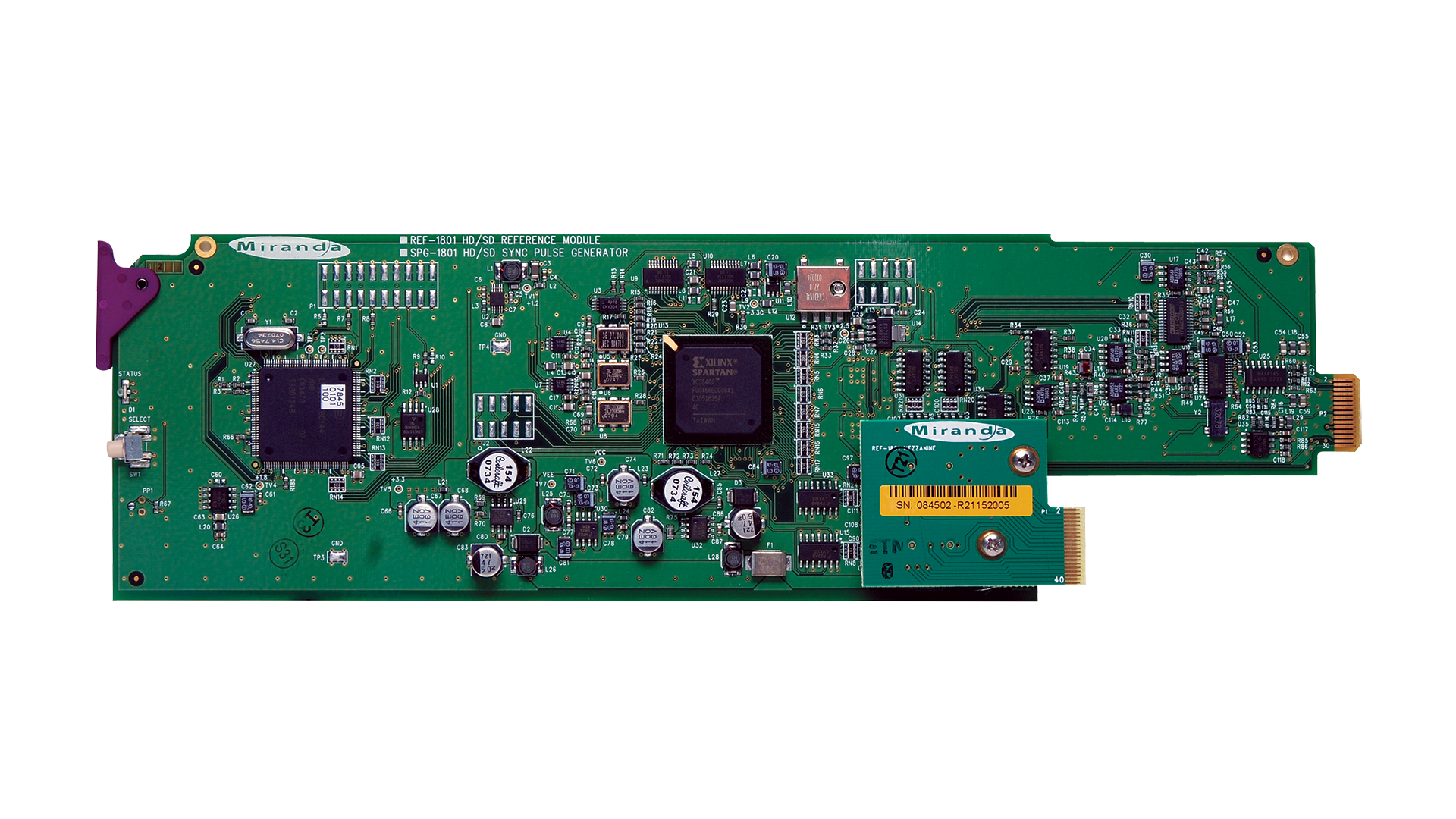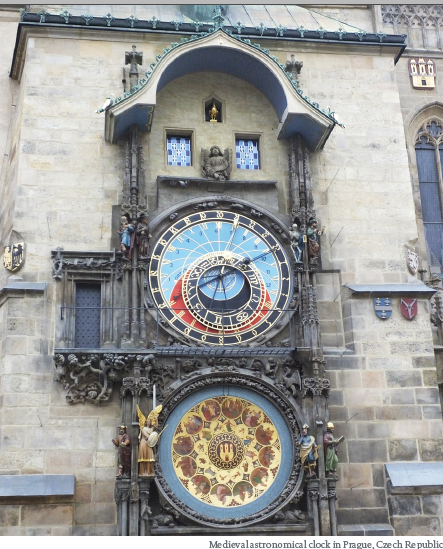

Given the likelihood that this may well form the centre of your system, and probable starting point, it makes sense that you might want to consider this your ‘Clock Master’ – or to put it in a less grandiose way, it’s the unit which will start your clock chain, and send a clock pulse to other units to lock to. If you have a sequencer in your Eurorack, I would pretty much stake my career on the fact that it will have either a ‘Clock In’ or a ‘Clock Out’, or more likely still, it’ll have both. The Base PulseĪs with all things Eurorack, there can be many ways of approaching a topic to achieve a similar outcome, so we are going to aim to try and keep it simple. However, all is not lost! You’ll just need a clock divider, to offer it a /2 clock in order to get it to lock into your modular – or, even cheaper, halve the time of your Volca sequence to compensate. Plugging a 16th-note clock into a Volca will result in it running at twice the speed of the rest of your system. Definitely worth a look if you like more chaotic triggers. Similarly chaotic concepts can be found in the Pittsburgh Modular Time Runner, the functionality of which is also linked to pattern generation. Using these as pulses can create some beautiful polyrhythmic patterns, which can then be rotated through their respective divisions, causing even more interest.

It does a number of clock dividing and multiplying modules, the most simplistic of which is the RCD (Rotating Clock Divider).Īpart from looking after the basic concept, it also offers some unique and alternative clock divisions, such as /3, /5 and /7. Clocking ModulesĪpart from the aforementioned Doepfer clock divider, one company that seems to have taken the whole idea of clocks to heart is 4MS.

Sounds simple, and most of the time it is, but occasionally we might want to add some additional functionality to proceedings, and that’s where things get more complicated. Their purpose is to provide a base pulse, which can be sent in the direction of modules that can accept this pulse, normally labelled as a ‘clock input’, so that any modules in this chain will stay in time with each other. In many respects, the simplicity that Giorgio describes here is the essence of what clocks in modulars are all about. The rest is classic electro history, in the shape of the extraordinary sound of I Feel Love featuring Donna Summer, which hit the musical world like a ten-tonne truck. The spoken word that forms the introduction to this track hears the man himself speaking about the way that he created a click track to synchronise his Moog sequencer, which formed part of his modular, to analogue tape. ‘Word clock’ is one that many will be aware of, thanks to the world of DAWs, and MIDI clocks may well get mentioned in certain circles, too, but in a strange return to a format with its roots planted firmly in the past, clocks in Euroracks are very simple beasts.Īnyone who has listened to the album Random Access Memories by Daft Punk will have heard a track which is something of a homage to the legendary producer Giorgio Moroder. Over the years, there have been many forms of clock some analogue and some digital. But to somebody with a taste for the intricacies of electronic music, they may well smile and ask ‘which type of clock?’ Old Formats Say the word ‘clocks’ to any normal person with an interest in music, and they will probably start singing a well-known piano line from a song by Coldplay (and what an amazing earworm that is).


 0 kommentar(er)
0 kommentar(er)
